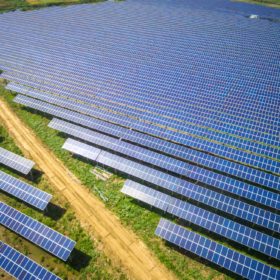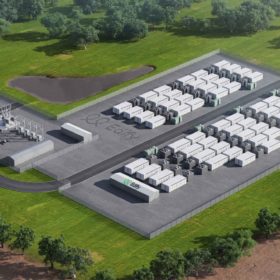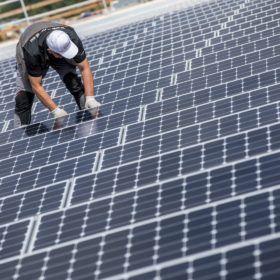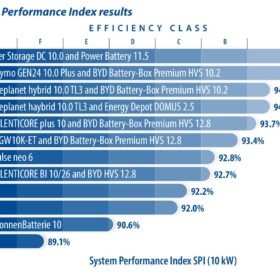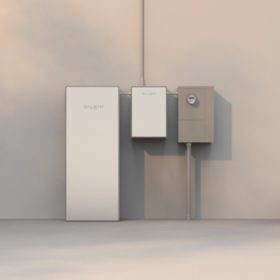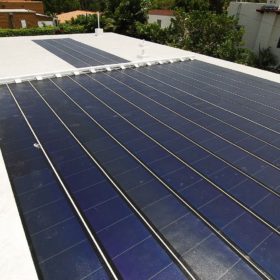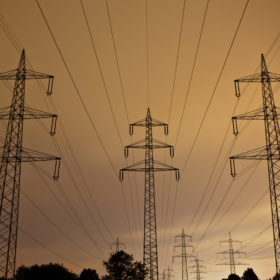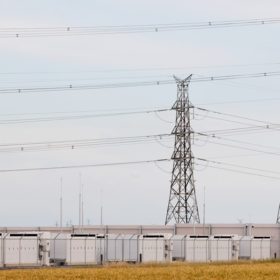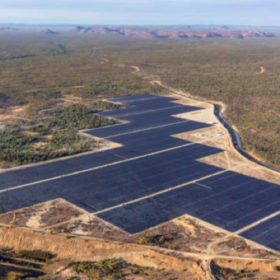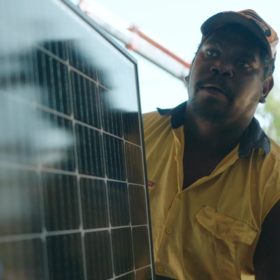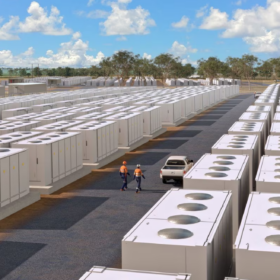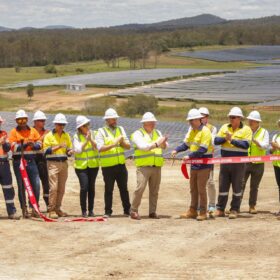CSIRO tips global influences to stall cost reductions for renewables
Australia’s national science agency has reaffirmed integrated wind and solar PV remain the cheapest new-build electricity generation options but warned inflationary pressures and ongoing supply chain disruptions are likely to stall any further cost reductions for at least 12 months.
Edify secures $13 million for Darlington Point big battery project
Australian renewables developer Edify Energy has secured more than $13 million in federal and state government funding to help finance the installation of a 25 MW/50 MWh battery energy storage system featuring advanced inverter technology next to its 275 MW Darlington Point Solar Farm in south-west New South Wales.
Study shows solar panel output exceeds energy input by 100 times
The green credentials of solar PV technology have been reinforced with Singapore-headquartered manufacturer Maxeon Solar Technologies releasing details of an independent study that shows the energy output of its Maxeon 3 panels is more than 100 times greater than the input required to make the solar panels.
Weekend read: Batteries are getting better
Battery energy storage systems (BESS) are getting better, according to the Energy Storage Inspection 2022 report by the University of Applied Sciences, HTW Berlin. The fifth edition of the study assessed 21 storage systems and found that while only two of the BESS studied were categorised as being efficiency class “A” in 2020, that number grew to six in 2022.
Water-based zinc-ion battery for stationary energy storage
Salient Energy developed the water-based zinc-ion battery to have the same power, performance, and footprint as lithium-ion systems without the safety risk.
Thin film solar may have carbon intensity advantage over silicon
Thin-film cadmium telluride panels may have a US$0.02 to US$0.04 per watt carbon cost advantage over traditional polysilicon, said the National Renewable Energy Laboratory in an analysis of embodied carbon, embodied energy, and energy payback.
Renewables investors call for urgent reform of regulatory processes
A coalition of renewable energy investors is calling for urgent reform of the National Electricity Market to help restore confidence among developers of large-scale wind and solar projects grappling with grid congestion and curtailment issues in Australia.
‘Missing piece of the puzzle’: 3 GW of battery projects make it to ARENA’s grid forming shortlist
ARENA today announced 12 projects with a combined capacity of 3 GW are on the shortlist for its $100 million Large Scale Battery Storage Round which aims to support to rollout of storage fitted with grid forming capacities.
Queensland takes out 14 of the top 15 performing solar assets in June
Winter has proven no feat for the sunshine state, which is home to basically all of Australia’s best performing PV assets, senior Rystad analyst David Dixon finds.
Rooftop solar cheaper for Indigenous NT communities than ground mounted, but benefit question remains
Rooftop solar systems are cheaper then centralised ground mounted systems for remote Indigenous communities in the Northern Territory, a new report funded by ARENA and APVI has found. The report, however, did not examine the question of community benefit in its scope – something Alan Langworthy, who has long worked in energy in the NT, told pv magazine Australia is absolutely vital.
